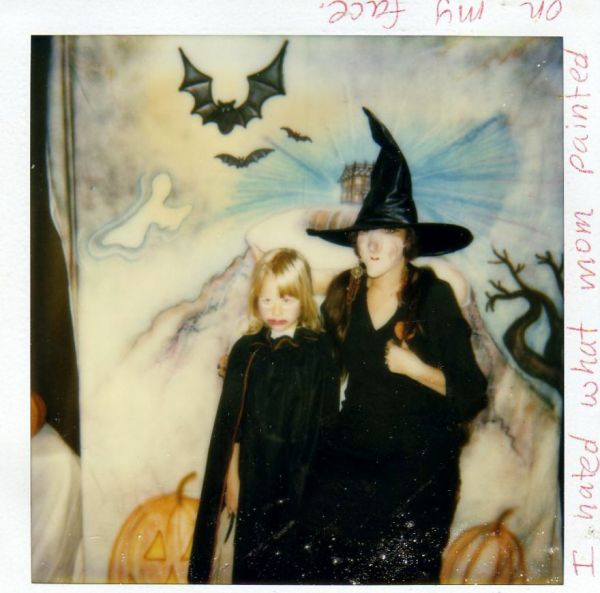A Brief History of Fake Blood
 The Carrie remake is all about blood -fake blood, of course, but the modern movie audience expects it to be not only believable, but as scary as the 1976 version of the movie. Well, that scene cannot be as surprising as the original, but it may be more gory.
The Carrie remake is all about blood -fake blood, of course, but the modern movie audience expects it to be not only believable, but as scary as the 1976 version of the movie. Well, that scene cannot be as surprising as the original, but it may be more gory.
Movies have had bloody scenes as long as there have been movies, but back in the days of black and white film, it was easy to fake. Most filmmakers used chocolate syrup! After all, in black and white, the viewer was none the wiser. But when color came along, it had to be more realistic -and fake blood has been getting more realistic ever since. Movie makers often make their own, or they can buy it for $65 a pint -not as expensive as the real thing, but still pricy!
Often several different kinds of blood are used for the same movie. In addition to whether or not the blood is edible, each blood is selected according to the lighting, whether the blood should slowly dry or stay wet, whether it’s arterial (lighter) or venous (darker), and what kind of style the director is looking for. For one of his gorier plays, writer-director Martin McDonagh used nine distinct varieties of fake blood. And some filmmakers still want the old-fashioned stuff: For the nightclub massacre in Kill Bill, Vol. 1 (2003), Quentin Tarantino ordered more than 100 gallons of “samurai blood.” “I’m really particular about the blood, so we’re using a mixture depending on the scenes,” he explained. “I say, ‘I don’t want horror movie blood, all right? I want Samurai blood.’ ... You have to have this special kind of blood that you only see in Samurai movies.”
Read how fake blood technology has advanced through the history of film, in an article at Slate. -via mental_floss






 Jack the Ripper terrorized the Whitechapel district of London for a few months in the fall of 1888, exactly 125 years ago. No one has ever been officially identified as the murderer of at least five women that autumn, but many have been
Jack the Ripper terrorized the Whitechapel district of London for a few months in the fall of 1888, exactly 125 years ago. No one has ever been officially identified as the murderer of at least five women that autumn, but many have been 




 Always check for a toilet paper supply before you sit down.
Always check for a toilet paper supply before you sit down.















